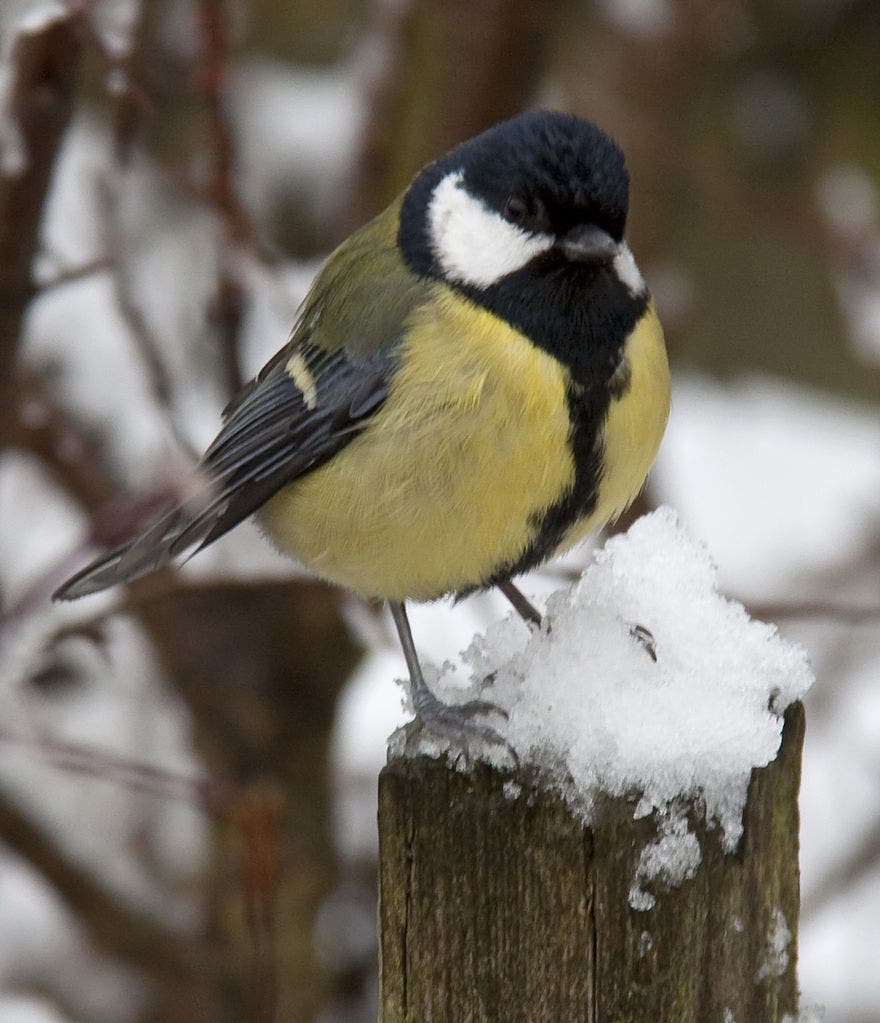How do animals react when one of their mates dies or disappears? Actually, not that much is known about how animals behave in this case. There are many situations where this happens: natural and caused by humans. How animals cope with loss was the interest of a new study implemented by the Oxford University’s Department of Zoology. The researchers tracked wild great tit birds (Parus major) over the winter. They removed some birds from the flock and studied how their flockmates responded to their loss. They found that the remaining birds made new social connections and made their existing ones stronger. These results have surprising parallels to humans.
The loss of a mate
Researchers tracked 500 wild great tits in the winter to see how they responded to the loss of social partners. These birds are part of a long-term study in Wytham Wood, Oxford, UK. They used radio-frequency identification to monitor all of the birds’ positions. Periodically, they randomly removed six birds from the flock. They were held over a weekend and then released. The birds generally associate in social groups of five members. The responses of these social groups to loss were studied.
It turns out that the birds responded by actually strengthening their social relationships. The more loss flockmates experienced, the more they increased the number of their social connections, the strength of their bonds, and their connectedness. The effects of loss should make a group less connected because they have fewer members. However, the bird groups seem to compensate and adjust quickly. This current study was just a removal experiment, so they replaced the birds back into the wild where they regained their previous social network.
The bigger picture
This study is important for managing wild animal populations. For example, if the great tits got some deadly, super contagious disease, killing infected members would not help because other members would make new social links and still spread the disease. Additionally, having these social connections are important to transfer critical information, for example for food sources. On another note, scientists often remove individuals temporarily from a population for certain studies. Now we can know how the birds in the flock will react, and that the captured bird can regain its original social network after it is brought back.

Facebook data was used for a study on how humans deal with the loss of a friend. Image credits: Pixabay.
Already, this study on birds sounds eerily similar to humans. The comparison is even stronger when you compare it to a recent study conducted with Facebook user data. The study has looked at how humans deal with the loss of a close friend on the social networking website. The data showed that friends and acquaintances of someone who died become closer and increased their social interactions (more messages, comments, posts, likes, etc) with each other. Even 2 years after someone dies, that person’s friends and acquaintances were in closer contact with each other than before. It seems that birds and humans aren’t so different after all.










